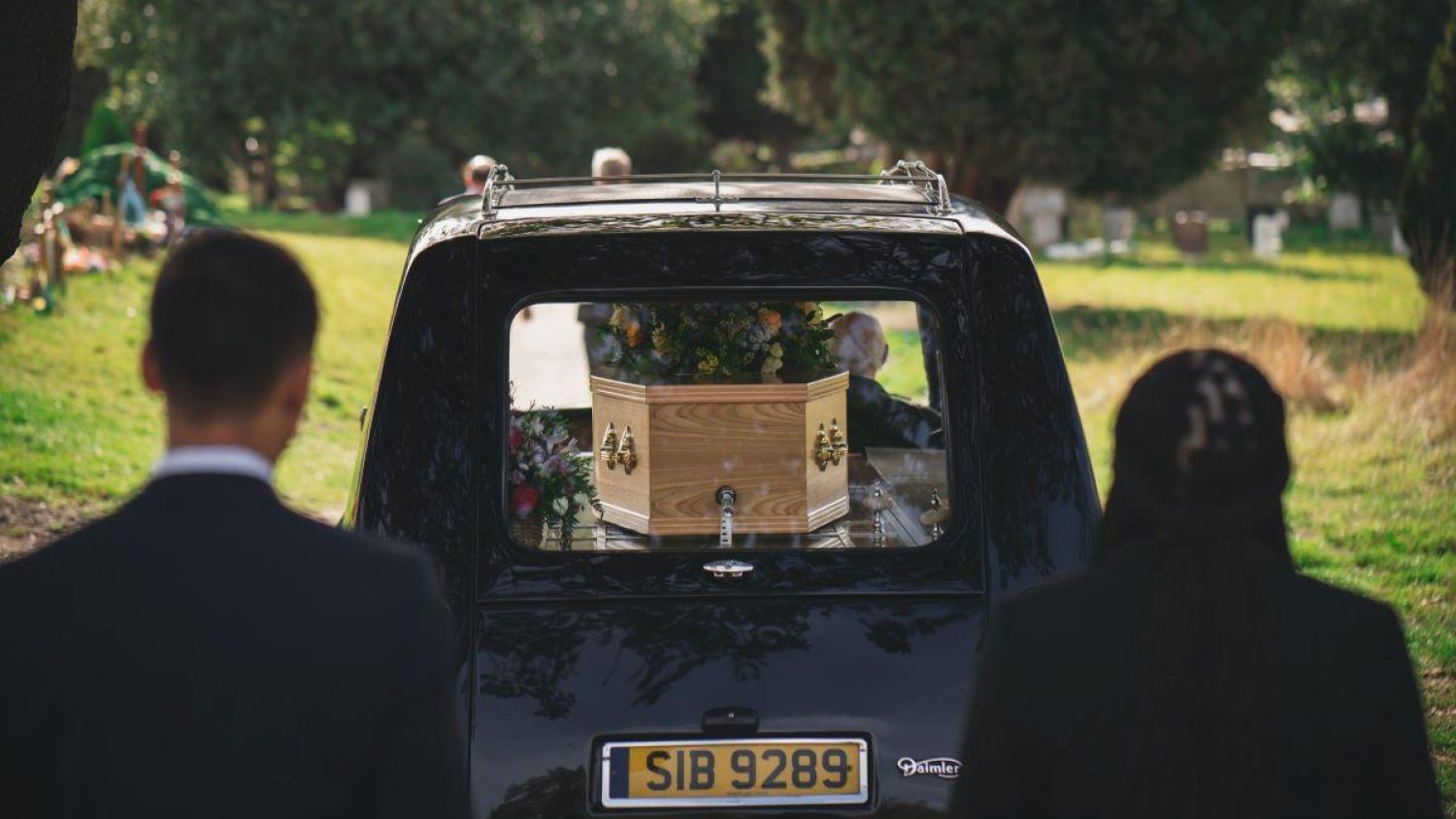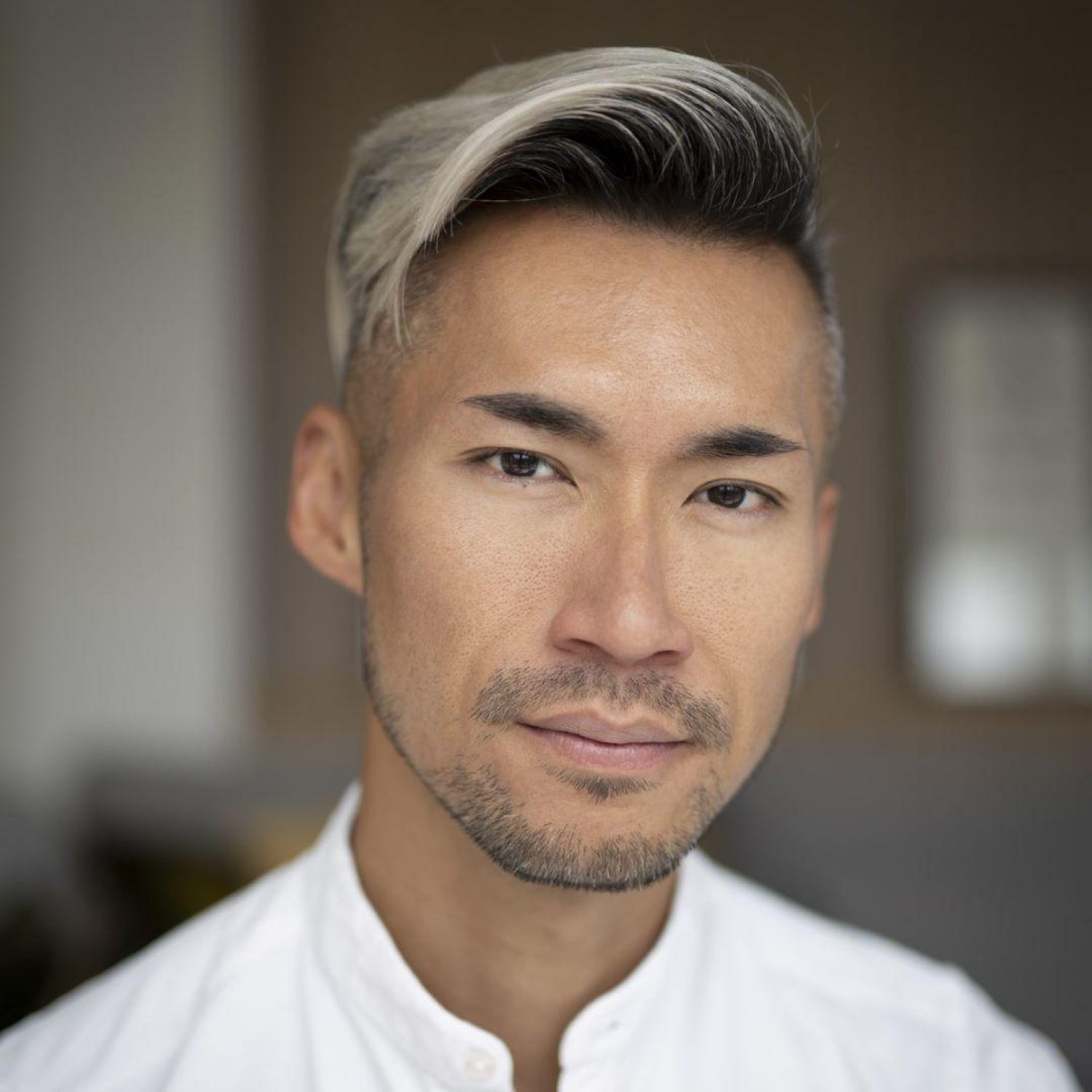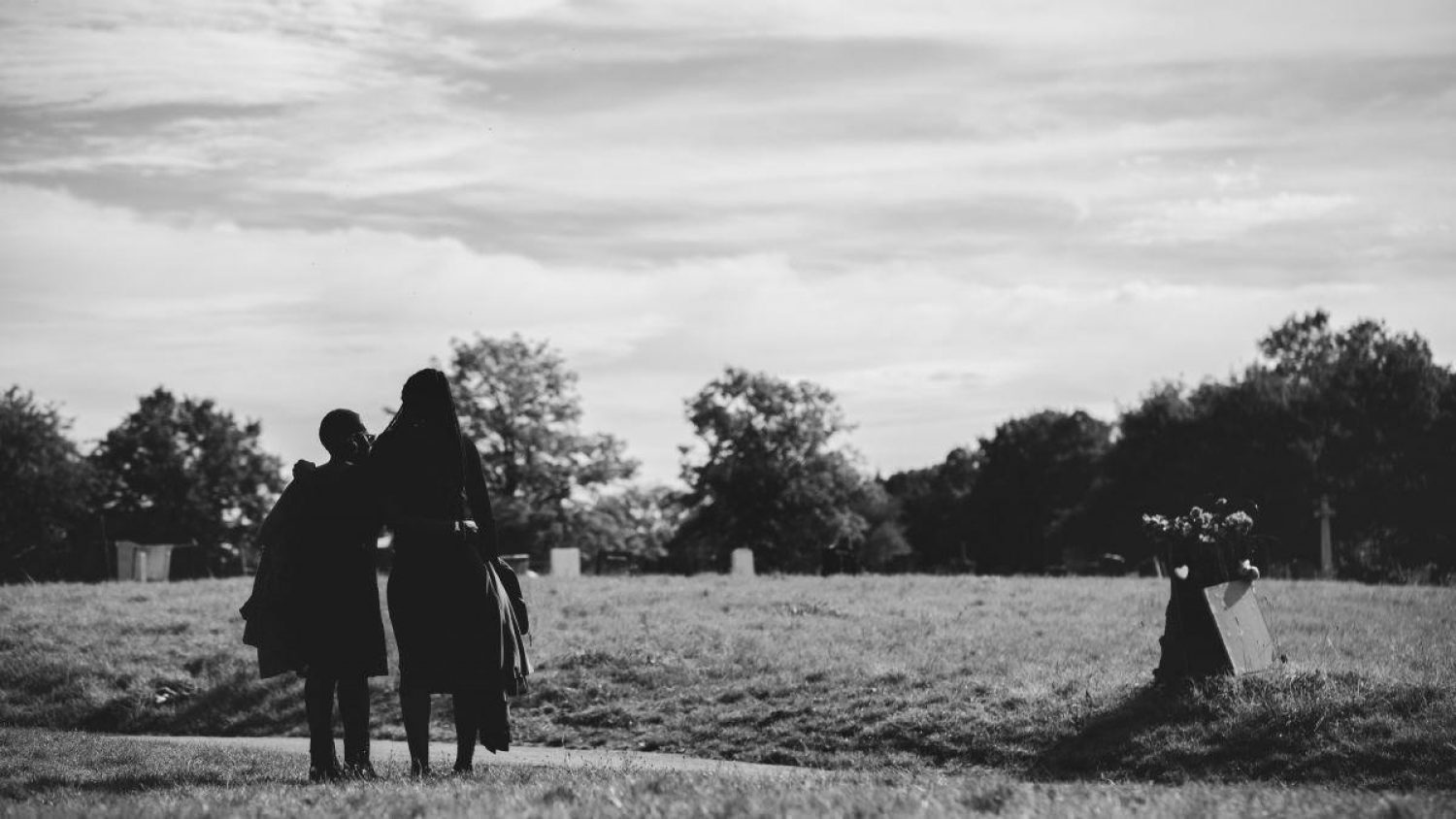Five minute read
At Poppy’s, we work with funeral photographers, including Noel Yeo, to help clients capture beautiful, lasting memories.
So we spoke to Noel about what a photographer can bring to funeral, how photographers can work sensitively and what you should consider when choosing a funeral photographer.
How did you first get into photography?
I started taking photos as a hobby, alongside a regular job I had in corporate communications. People started to see my work, and book me primarily shooting events, weddings and portraiture.
I eventually gave up my corporate job and have been a full-time professional photographer now for over 15 years.
I never thought that I had a creative talent at all. I can't dance, can't draw… but when I picked up a camera and started taking photos, I thought, I’m not half bad at this.
Tell us about the first funeral that you photographed.
I was approached by a friend of mine after a family member of theirs died. At first, I was hesitant. I hadn’t done this before. Could I do a good job and do right by this family?
I got my head around it by thinking of it like shooting any other major event in someone's life. A funeral is terribly, terribly sad. But just like a birth, wedding or anniversary, it’s also very important event in the family members’ lives. I had to do my best to capture it from start to end, showing the beauty in the sadness, in the grief and in the family saying goodbye.
There was a lot of emotion on that day and I did get choked up at one point. But I was there to do a job. It wasn’t about me — it was about the family.
One of the nicest things the family said once they saw the photos was: We didn't even see you during the funeral, but, based on the photos, it was evident that you were everywhere.
What’s the process when someone books you to photograph a funeral?
The first contact is usually by email, then I schedule a Zoom call. We’ll talk about what they want or don’t want, how the long the booking would be and how much it would cost.
Most importantly, they need to feel comfortable with the person that's going to be following them through a very difficult time.
I think it's important for the people who are organising the funeral to tell the attendees that there is going to be a photographer. Just to explain to them, we are capturing this for family members who can’t make it.
I’ll get to the service early to get a lay of the land and I will say hello when the family arrive. After that, I try my best to be as invisible as possible, because it should be all about the family members connecting, sharing in their grief.
A few hours after the funeral, I send a handful of images (between 10 and 20), to the client, so that they can send something to family members who are not there or to people overseas.
One week later, the full set of images will be made available in a private online gallery. I feel that with something as solemn as a funeral, black and white photos capture more of the emotion. With a colour photo, the first thing your eyes are drawn to are the colours in the scene, rather than the content of the image.
What I deliver is a full set of black and white photos, so the viewer can really see the content and the emotion in the images. Then I follow that with a full set of colour images, so they have both options.
How is funeral photography different from other kinds of photography?
Normally, I would use flash and sometimes I would get in close. But with funerals, I hang back. I use a silent shutter and no flash.
Most of the time I'm behind the family. I don't ever cross in between the people attending and the people at the front. I might approach for a slightly closer shot, maybe once or twice if absolutely necessary. Outside, at the burial, I use a long zoom lens, and tend to stay a distance away.
I think people may worry about being photographed in moments of pain and grief. I never set out to capture people in a bad light. Even in moments of terrible sadness, there sometimes is a beauty in photographs of the expression of those genuine emotions.
Once I've captured enough photos, I sit quietly at the back and observe the service. I do my best to let the family have as much privacy as possible.
I have to be extremely respectful and sensitive when I shoot a funeral. I put myself in the family members’ shoes and think about how I would feel about having a photographer there, and how I would want that person to interact with me.
Why book a professional photographer for a funeral instead of asking a friend or family member?
You can ask someone to take photos, but that person may also be wanting to grieve. You don't want to have them running around throughout the service, you want them to experience the funeral.
It is not easy to photograph something as solemn as a funeral — to take a sad event and to showcase the beauty and the meaning in it. It does take a lot of skill, experience, and careful framing.
Do you have any advice for people thinking about booking a funeral photographer?
You may decide to book a photographer if family members are based overseas or not well enough to travel to the funeral. By capturing the funeral through beautiful imagery, you allow them to share in the grieving process and say goodbye in their own way.
Later on, when you’re missing the person, you can revisit the photos and take comfort that you gave them a good send off. While these are not photos that you might share widely or on social media, you can keep them as a meaningful memory.
When choosing a photographer, their aesthetic has to appeal. You also have the right chemistry with whoever you select, You have to like the way they work, how they come across and how respectful they are. An interview or Zoom call is critical to help you feel at ease with how they operate.
On the day itself, try not to worry about the photography. Be there and be present, don't worry about how you might look in the photos. Trust that the people that you've engaged will do their jobs and do them well, whether it's the funeral director or the photographer. That’s what we’re here to do.
To stay in touch with all the latest news and updates from Poppy's by email, sign up here or contact us if you need help planning a funeral.
Read more interviews on our blog — find out about working as a death doula or a disaster response planner.


